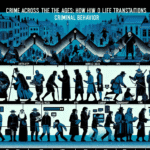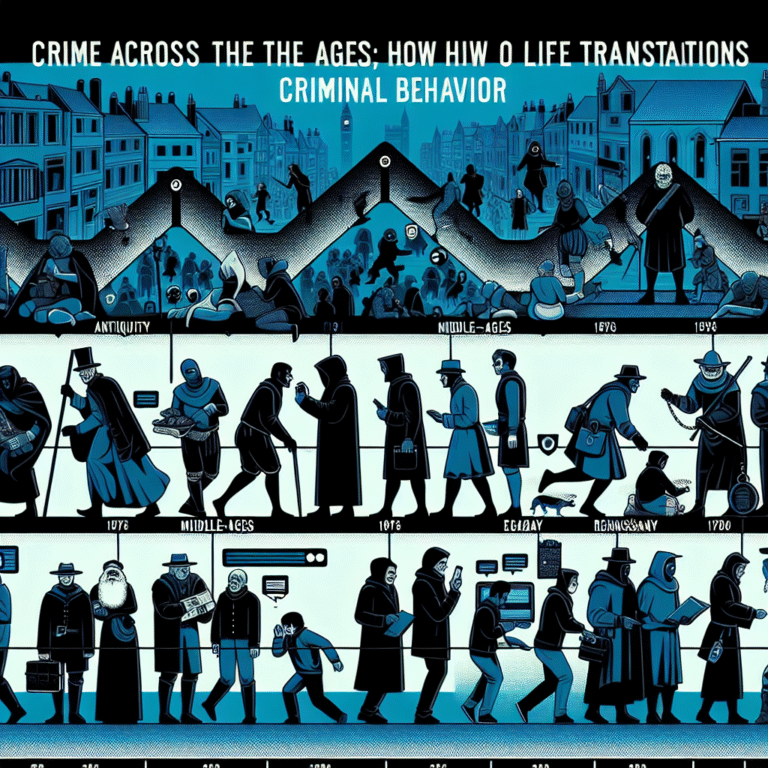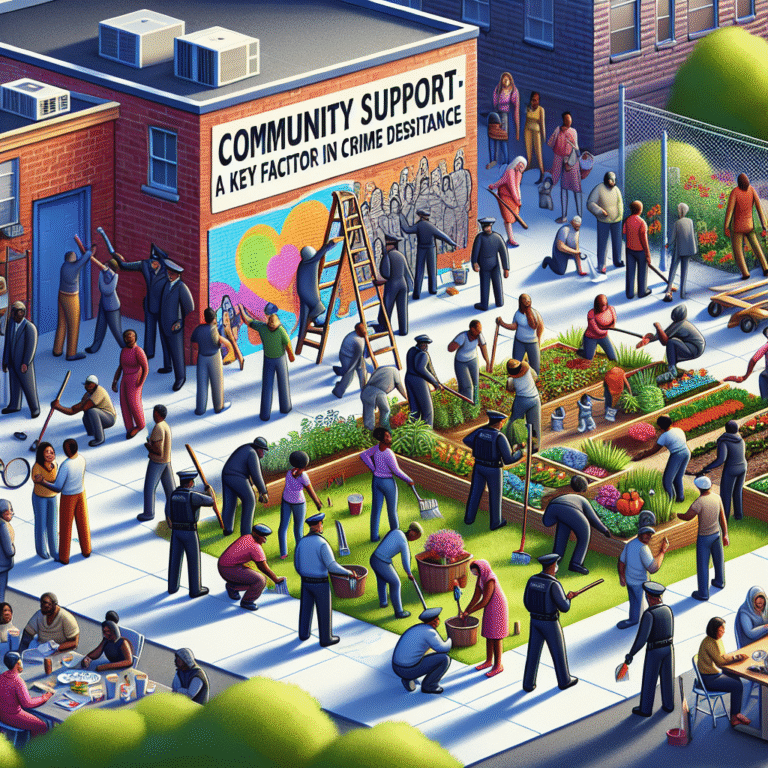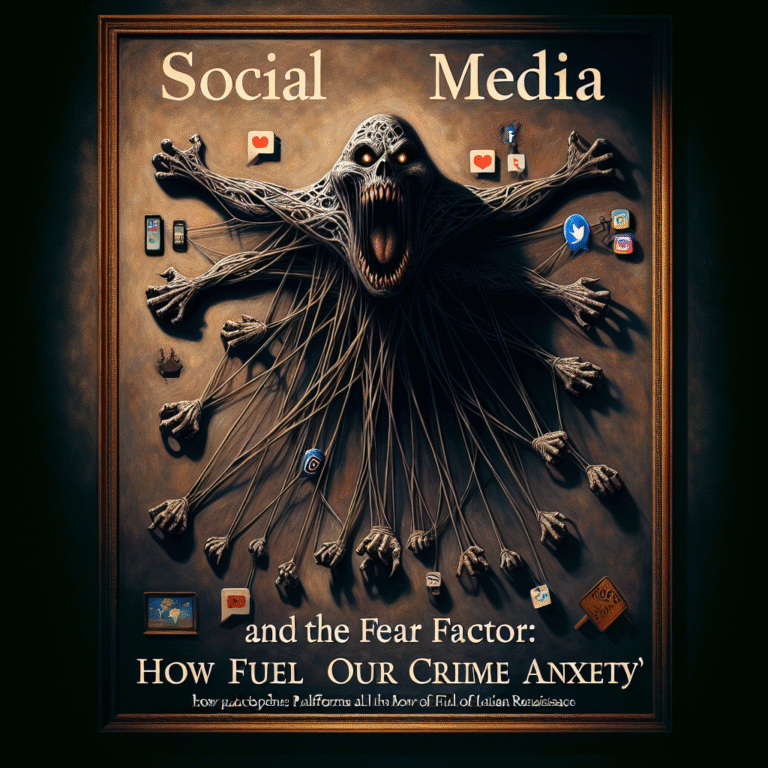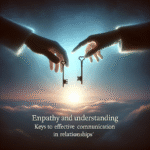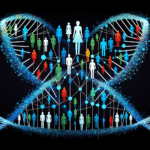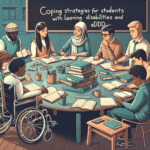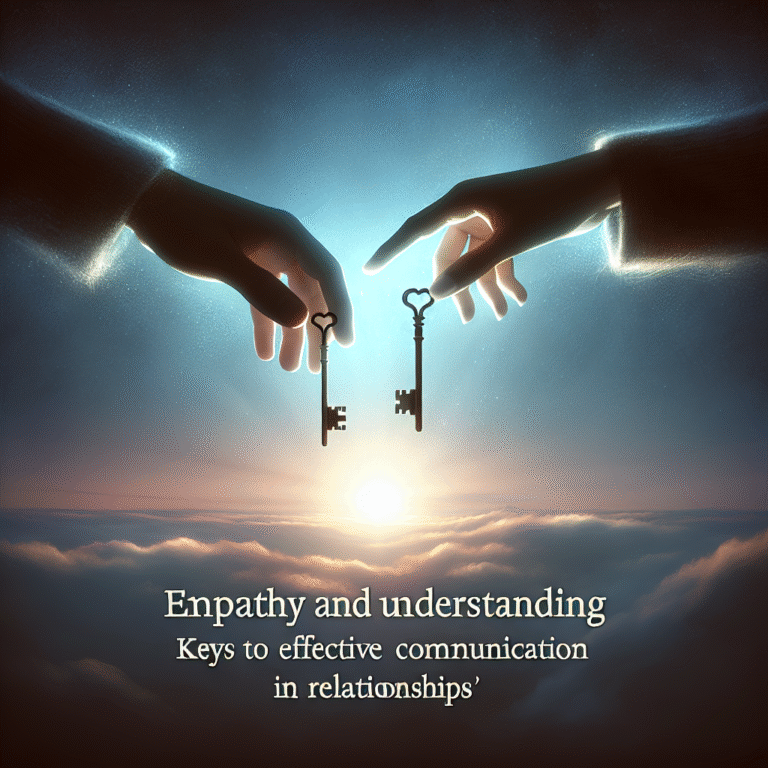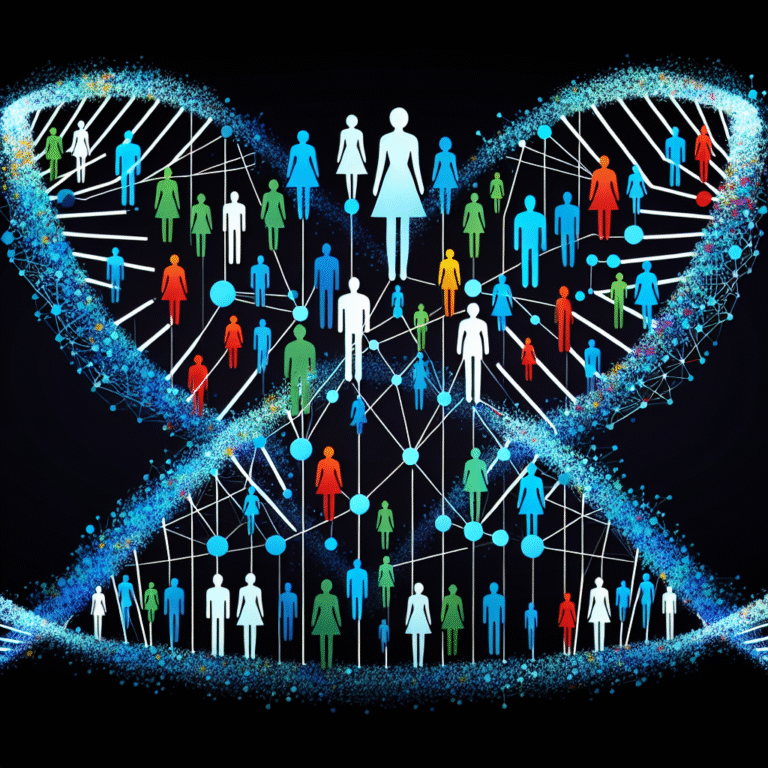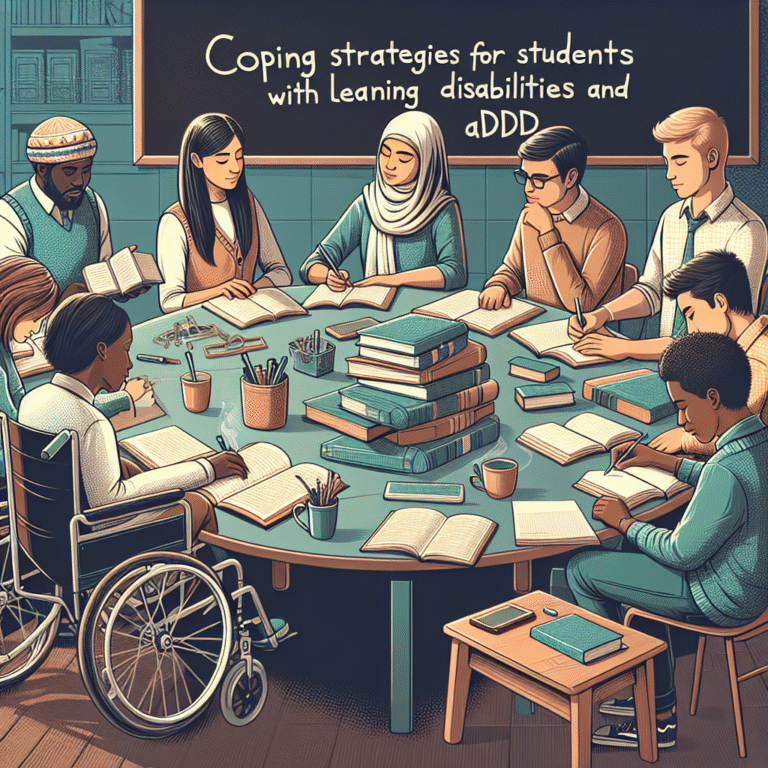
Introduction: Understanding the Nature of Aggression
Aggression is a multifaceted behavior that has fascinated psychologists, sociologists, and researchers for decades. Understanding aggression is not merely an academic exercise; it bears significant implications for mental health, societal structure, and personal relationships. With rates of violence and hostility seeming to rise in various parts of the world, exploring the underlying mechanisms of aggressive behavior is more essential than ever.
In this article, "Aggression Unraveled: A Comparative Analysis of Leading Theories," we’ll dive deep into the most prevalent theories of aggression. We’ll analyze their origins, applications, and real-world implications. Whether you are a student of psychology, a professional in a helping field, or simply curious about human behavior, this comparative analysis will provide you with insights that can transform your understanding of aggression.
The Biological Perspective: Aggression as an Instinct
Origins of the Theory
The biological perspective posits that aggression is an inherent instinct shaped by evolutionary forces. Early theorists like Konrad Lorenz suggested that aggression served survival functions, helping animals secure resources and mates while eliminating competition. This theory has roots in evolutionary psychology, where behaviors that enhance survival are favored.
Case Study: Animal Behavior in Natural Settings
Consider the behavior of wolves in a pack. They often exhibit aggressive behavior toward intruders. This territorial aggression ensures the survival of the pack and the progeny. By studying animal behavior, we can understand that aggression can manifest as a natural instinct in humans as well. This instinct may be evident when individuals confront rivals for resources or status.
Implications
Understanding aggression from a biological perspective suggests that it may be mitigated through environmental changes. If aggression can be linked to biological markers—such as hormonal levels—then interventions could be aimed at moderating these physiological factors.
The Psychological Perspective: Social Learning Theory
Origins of the Theory
Social Learning Theory, pioneered by Albert Bandura, emphasizes that aggression is learned through observation and imitation. According to Bandura, individuals are more likely to exhibit aggressive behaviors if they observe them in others, especially if those behaviors seem to result in rewards.
Case Study: The Bobo Doll Experiment
One of the most illustrative case studies supporting this theory is Bandura’s Bobo Doll experiment, where children observed adults behaving aggressively toward an inflatable doll. After witnessing this, the children were more likely to exhibit similar aggressive behaviors themselves. This experiment serves as a cornerstone in understanding how aggression can be socialized, making it clear that aggression is not solely instinctual—it’s also taught.
Implications
The implications of this theory are profound. It suggests the importance of role models and media portrayal of violence in shaping behavior. Schools, families, and societies must take an active role in promoting non-violent conflict resolution.
The Cognitive Perspective: Frustration-Aggression Hypothesis
Origins of the Theory
The frustration-aggression hypothesis, initially proposed by John Dollard and his colleagues, argues that aggression is a direct result of frustration. When individuals face obstacles to achievement, they may express their frustration through aggressive behavior.
Case Study: Workplace Aggression
Consider a company where promotions are frequent but certain individuals consistently find themselves overlooked. These feelings of frustration can lead to aggression, which might be directed at coworkers or the company itself. Such scenarios can result in toxic workplace environments, highlighting a practical application of the theory.
Implications
Understanding this relationship between frustration and aggression can guide conflict resolution strategies in personal and professional domains. Creating environments that minimize frustrations can effectively reduce aggressive behaviors.
The Sociocultural Perspective: Aggression and Social Norms
Origins of the Theory
From a sociocultural perspective, aggression is viewed through the lens of societal influences and cultural norms that dictate what behaviors are acceptable. Aggression may be encouraged or discouraged based on various social factors, including upbringing, culture, and community.
Case Study: Aggression in Urban vs. Rural Settings
Research indicates that individuals in urban settings might exhibit higher aggression due to more competitive environments and social disconnection compared to those in rural areas. For instance, studies demonstrate that urban youth in high-crime neighborhoods may adopt aggressive behaviors as a means of survival or establishing dominance.
Implications
This insight into sociocultural factors can inform public policy, community programs, and educational interventions aimed at curbing violence by addressing social structures and norms that perpetuate aggression.
Comparative Overview of Theories
Table 1: Comparison of Leading Theories of Aggression
| Theory | Key Concept | Notable Case Study | Real-World Applications |
|---|---|---|---|
| Biological Perspective | Aggression as an instinct | Animal territoriality | Hormonal interventions |
| Social Learning Theory | Learned behavior | Bobo Doll Experiment | Media influence on youth |
| Frustration-Aggression | Result of frustration | Workplace aggression | Conflict resolution strategies |
| Sociocultural Perspective | Social norms dictate behavior | Urban vs. Rural setting study | Community intervention programs |
Moving Beyond Theories: Integrating Insights
As we’ve explored in "Aggression Unraveled: A Comparative Analysis of Leading Theories," understanding aggression requires an integrated approach that considers biological, psychological, and sociocultural factors. Each theory offers unique insights, and acknowledging them in tandem can enrich our understanding of human behavior.
Practical Applications in Daily Life
- Education: Schools should create curricula that promote emotional intelligence and conflict resolution.
- Workplaces: Organizations can foster healthy environments through team-building exercises and open communication channels.
- Media: Producers should take responsibility for the portrayal of violence, opting for positive representations of conflict resolution.
Conclusion: The Path Forward
Aggression is a complex behavior that cannot be fully understood through a single lens. By unveiling the layers of aggression through our comparative analysis, we can better navigate our interactions and societal structures.
Take these insights into your daily life. Whether in a personal relationship, at work, or in the broader community, the understanding of aggression can motivate us to cultivate more peaceful interactions. As we unravel the complexities of aggression, we also unlock the potential for compassion, understanding, and positive societal change.
FAQs
1. What causes aggression?
Aggression can be caused by various factors, including biological predispositions, learned behaviors, frustration, and cultural norms.
2. How can aggression be reduced?
Interventions can include promoting environments that minimize frustration, enhancing emotional intelligence, and addressing harmful societal norms.
3. Is aggression purely instinctual?
While some theories suggest aggression is instinctual, it is also learned through socialization and environmental influences.
4. How does exposure to violence in media affect aggression?
Studies suggest that exposure to violent media can lead to increased aggression in observers, particularly among children and adolescents.
5. Can aggression be channeled positively?
Yes, aggression can be redirected into constructive forms, such as competitive sports or advocacy for causes, when managed appropriately.
In this engaging exploration of aggression, we have unraveled leading theories, revealing the interconnectedness of biological, psychological, and sociocultural influences. Through understanding and action, we can shape a more peaceful future for ourselves and our communities.
